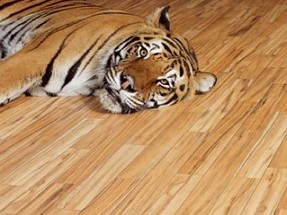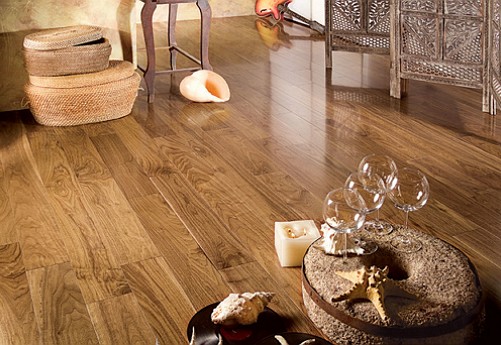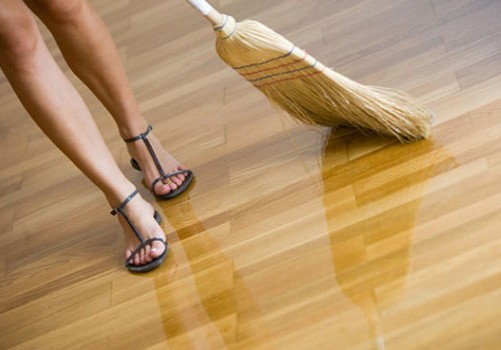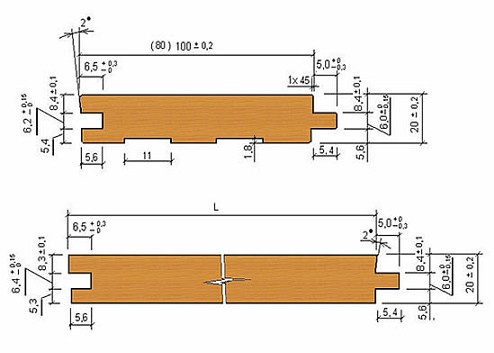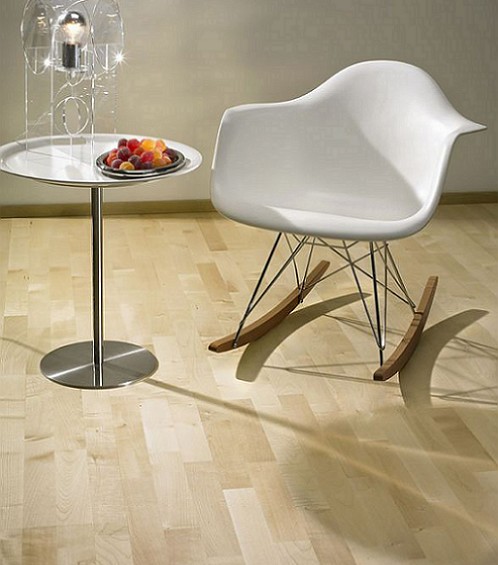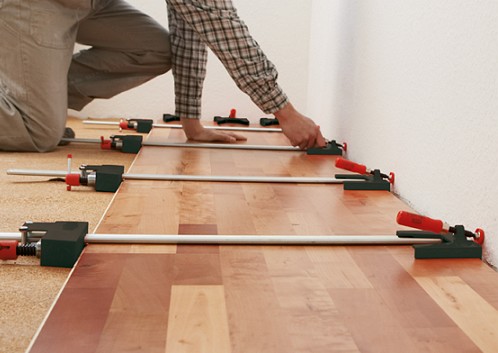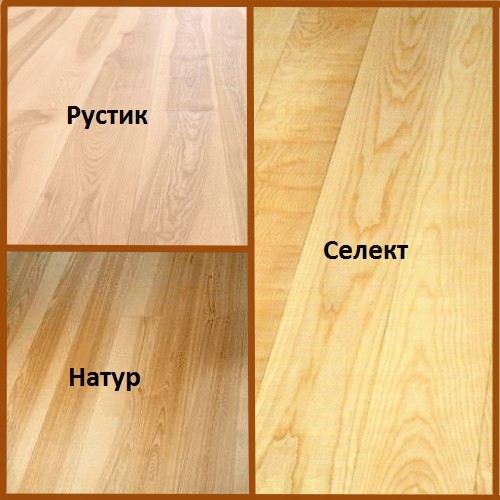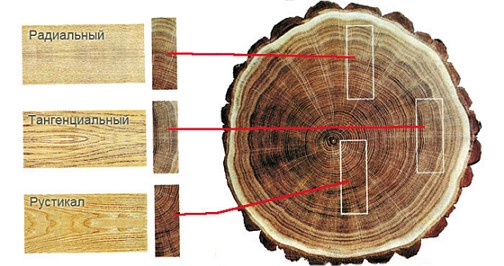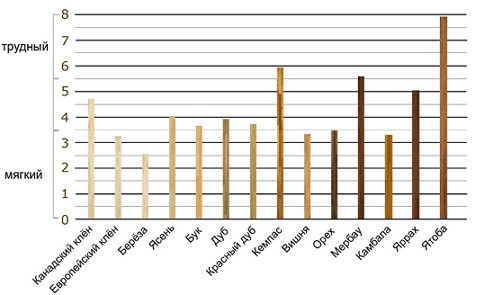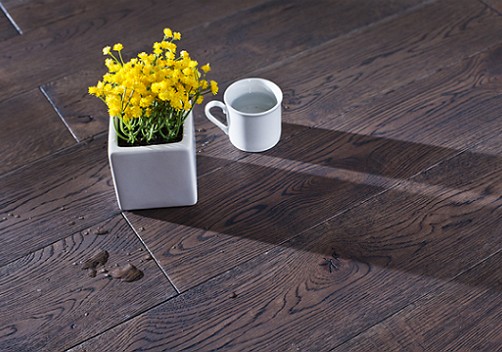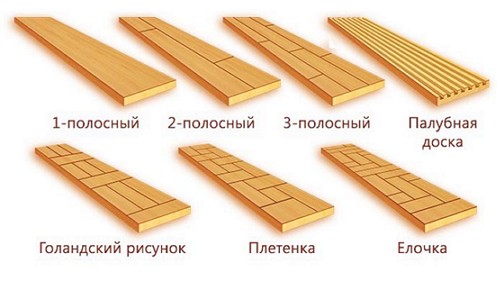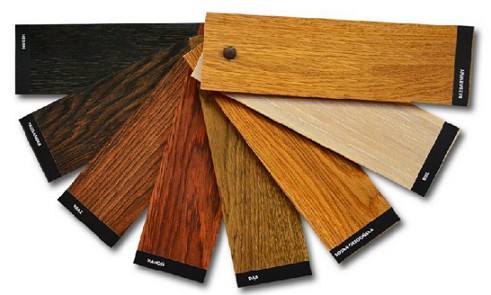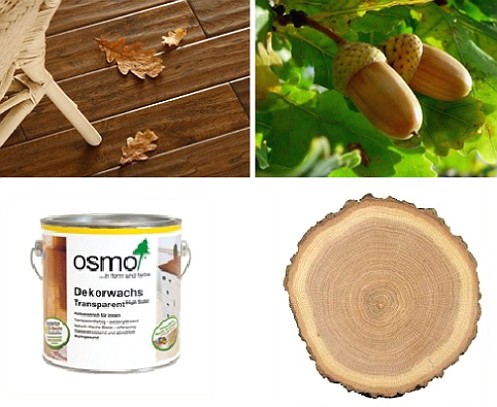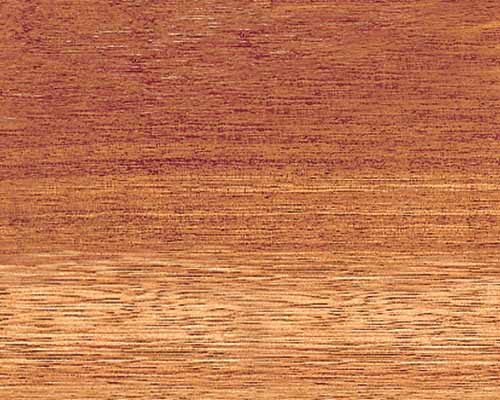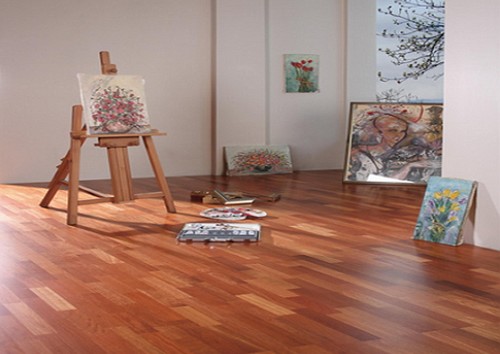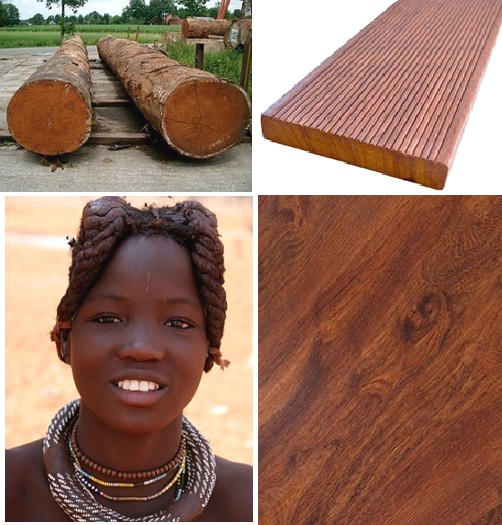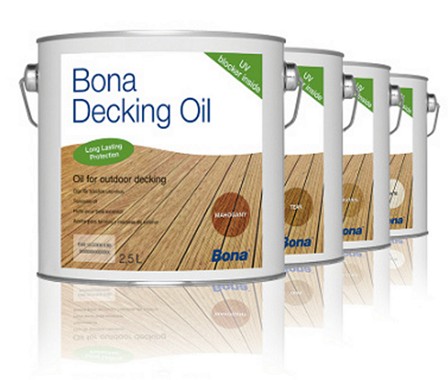Since time immemorial, wood products have caused only positive emotions in mankind. Not planked boards paved roads and erected dwellings, and from the ennobled planks planks created furniture and covered the floor. The first parquet oak board, a little clumsy and poorly crafted, to put it mildly, differed from modern beauties. But another round of evolution of the flooring of the parquet, suggested that we are on the right track.
Content
Flooring parquet board
The growing recognition and popularity of wood flooring is justified by a solid assortment for choice and excellent quality products. But only a parquet board ecowood.com.ua, whose prices are impressive, remains the leader among wooden floor products.
Choosing boards for laying the cover, you need to know the subtle sides, the pros and cons of models, as well as the material for making parquet. To meet the requirements for quality, long life and original design of the parquet board, it is recommended to have an idea of the structure and the possibilities of care and operation behind the floor covering.
Naturally, any kind of wood from which parquet boards are collected, there are pros and cons. The biggest advantage of the parquet board is the stylish appearance of the floor covering, before which the slightest shortcomings and cons add up. The secret of attractiveness and attraction lies literally on the surface, or rather in the upper layer of the board.
Structure of a standard parquet board
The standard parquet board from the manufacturer, has a multilayer structure and such sizes:
- length up to 2.5 m
- width up to 20 cm
- thickness from 7 to 40 mm.
The length and width of the parquet board can be called operational parameters, since the choice depends on the size of the room for laying the parquet. The thickness of the parquet board is strictly a technological indicator, depending on the type and layers of wood material from which the boards are made. The top facing layer can be a veneer with a layer thickness of 4 to 15 mm. Traditionally, the parquet board is laid in living quarters (living rooms and offices).
For residential premises it is preferable to choose a parquet board with a thickness of 7 mm. For laying a parquet board in administrative premises or places with intensive load, it is preferable to choose boards with a thickness of more than 20 mm. For boards of high thickness it is not required to erect an additional crate or false floor, it is enough to lay boards on logs.
How to choose a parquet board
selection of laths
The quality of the parquet board is affected by many factors, among which the main is the selection of the strips. You can conduct selection yourself. Selection of planks of a board for a parquet assumes sorting and selection on appearance.
The selection is carried out according to the parameters:
- sawing a tree trunk
- drawing and texture of wood
- presence or absence of defects.
According to the classification of selective selection of strips, there are slats of tangential and radial cuts Natur and Select. Planks for the parquet board tangential cut Natur must have smooth color transitions with a variety of patterns, eliminating defects. A small number of knots with a diameter of less than 30 mm is permissible. The most qualitative ones are the slats Select the radial cut with a homogeneous wood pattern.
Helpful Tips
All the valuable information about the parquet board is concentrated in the main characteristics of the product:
- model name, collection and country of manufacture
- the dimensions of the board and the hardness of wood according to Brinell
- coating and design of the bar
- thickness of the valuable layer
- connection type.
That the information was not the Chinese reading and writing, it is recommended before a choice to consult at the seller-expert.
Top layer: from Full Plank to Elite Plank
From the number of plates (there may be more than three), the top layer depends on the thickness of the parquet board.
Recall that a parquet board can be distinguished by colors from any "wood" products. There are single and multiband types of parquet boards. Full-plank full-lane boards have a single row of laths in the face layer, and is a single piece.
A single-lane parquet board is the most expressive indicator of the quality and structure of the board. Depending on the material of the board and the type of selection, it is necessary to distinguish the parquet board according to the colors and breeds.
Two- and multiband boards have a characteristic upper surface made up of lamellas fitted in the structure. The lamellae of two - and three-lane planks can have a continuous surface or divided into several segments.
Visually, you can see three rows of slats, offset in length. This type of parquet board is considered a classic, it is most in demand for styling due to the democratic price, color and pattern. But the best parquet board is considered the development of manufacturers - multiband boards. For the production of multiband boards, manual assembly of the upper layer is used.
The top layer of Elite Plank multiband boards is ideal, the processing of the edges is qualitative, eliminating the traces of joints during installation. Naturally, the price category of multiband parquet is designed for solid buyers. Multiband board can be called an elite product, thanks to a respectable and solid appearance of the product.
What is produced from a parquet board
oak, beech and maple
The nature itself and the material of manufacture create the parquet board.
The traditional idea that the most refined and expensive kind of flooring is oak parquet, gradually dissolving.
Undoubtedly, oak parquet board is subject to abrasion is not significant and has served for decades. In addition, oak wood does not crack during operation, and is also practically not deformed. True, excellent indicators of wood are restrained by a few set of color scheme of the board: oak light or stained, smoked.
The same color qualities distinguish beech wood - calm noble colors and tones.
Attractive, to create a parquet board, light maple wood with the ease of beige shade and stability in the product.
But today incredible success is enjoyed by exotic woods of a parquet board, the colors of which are distinguished by their refinement. This wood species Wenge, Kempas and Merbau, from which the board is made.
Wenge, Kempas and Merbau
It is not necessary to draw an analogy between the timber of Indonesian or African breeds and our domestic ones. The whole mystery of the wonderful properties of wood is hidden in the breadth of growth and climatic conditions. Wood Wenge is a dense and heavy lumber, which has an original wood texture. The cost of one cube of wood is from 2500 dollars.
Elite wenge and high cost of processing is, of course, a minus, but the producers of standard euro-wood have learned to produce wood parquet board brushed "under the wenge". Distinguish that this wood of coconut palm can only a specialist.
No less attractive and respectable is the wood for the parquet board Kempas and Merbau.
For example, the Indonesian breed of Merbau wood has an attractive and juicy brown color with small golden veins. Saturation of the color gamut is due to saturation of wood pores with wood oil. Therefore, Merbau wood does not affect the fungus or rot.
But the hardness of such wood, enriched with oils, is difficult to process. Similar qualities are the wood of the African Kempas, a spectacular golden color with a high hardness.
How to choose a parquet board, shown in this video.
Helpful Tips
Regardless of the wood of the parquet board, it is important to remember that the most comfortable level of humidity in the room where the parquet is located is humidity not more than 60-70%. Otherwise, the parquet board can be subject to bending and deformation.
The rules for laying the parquet board are presented here.


